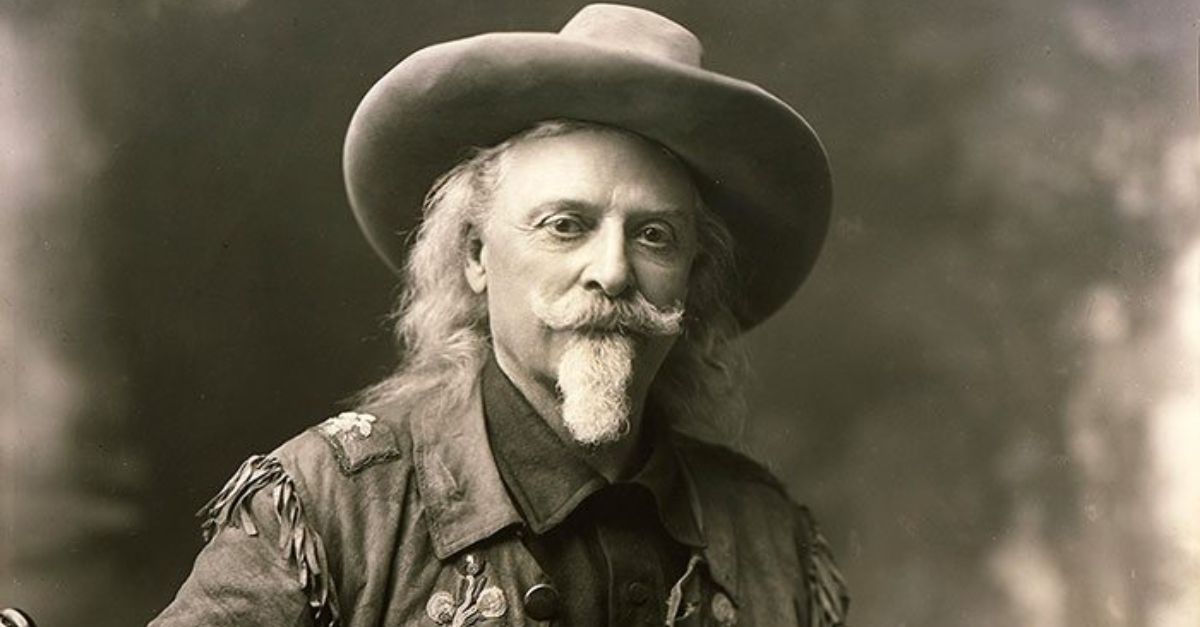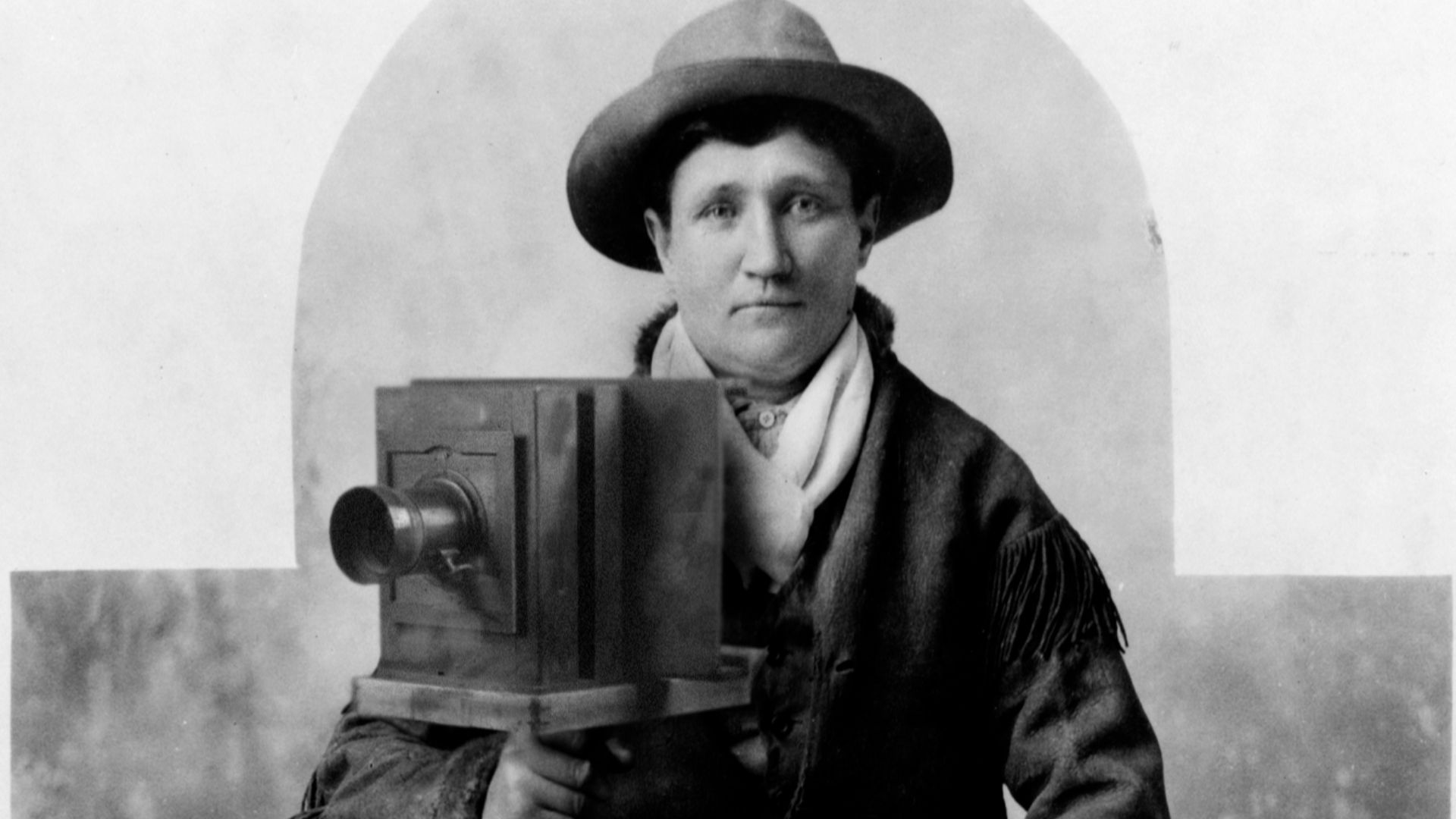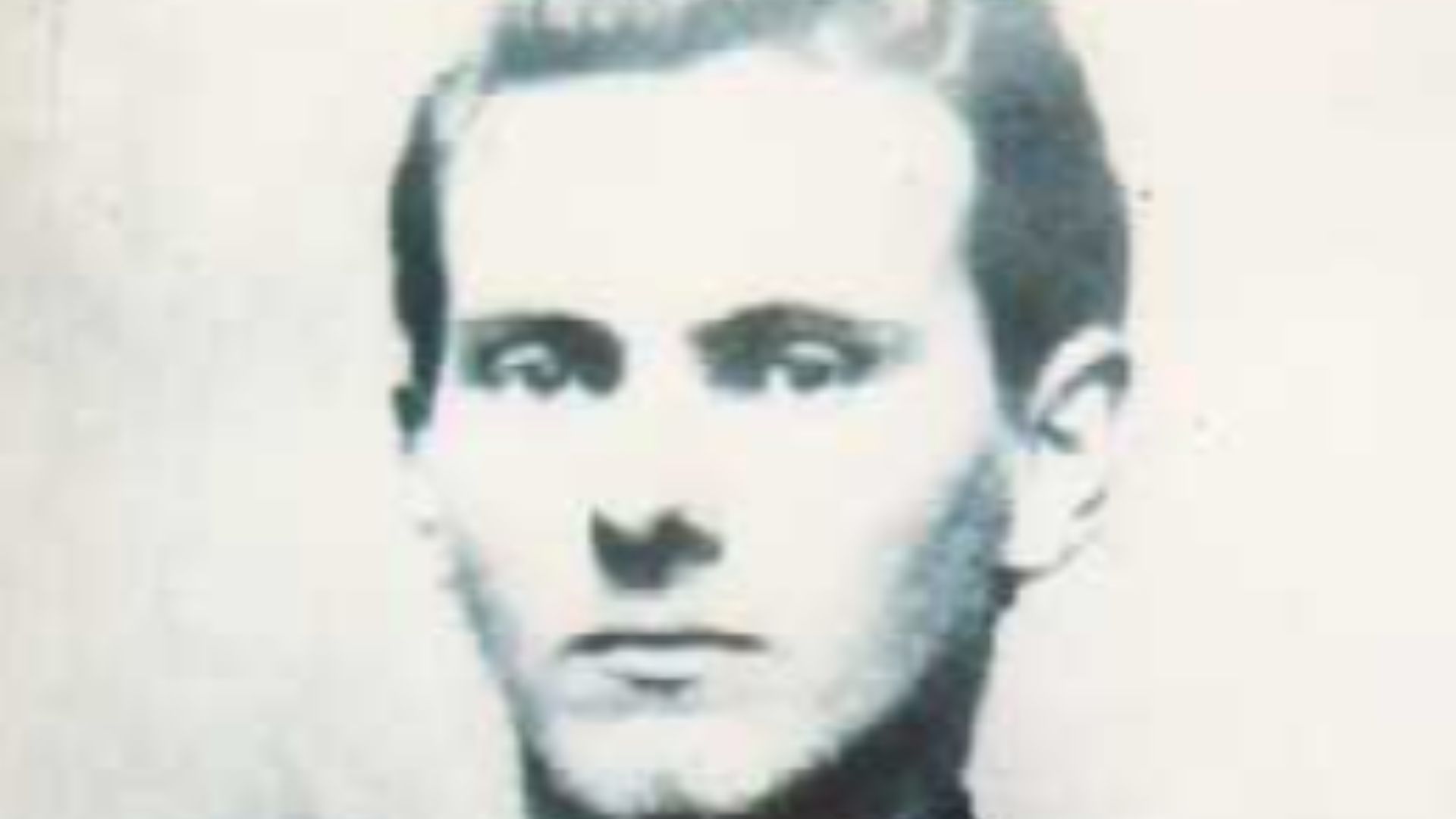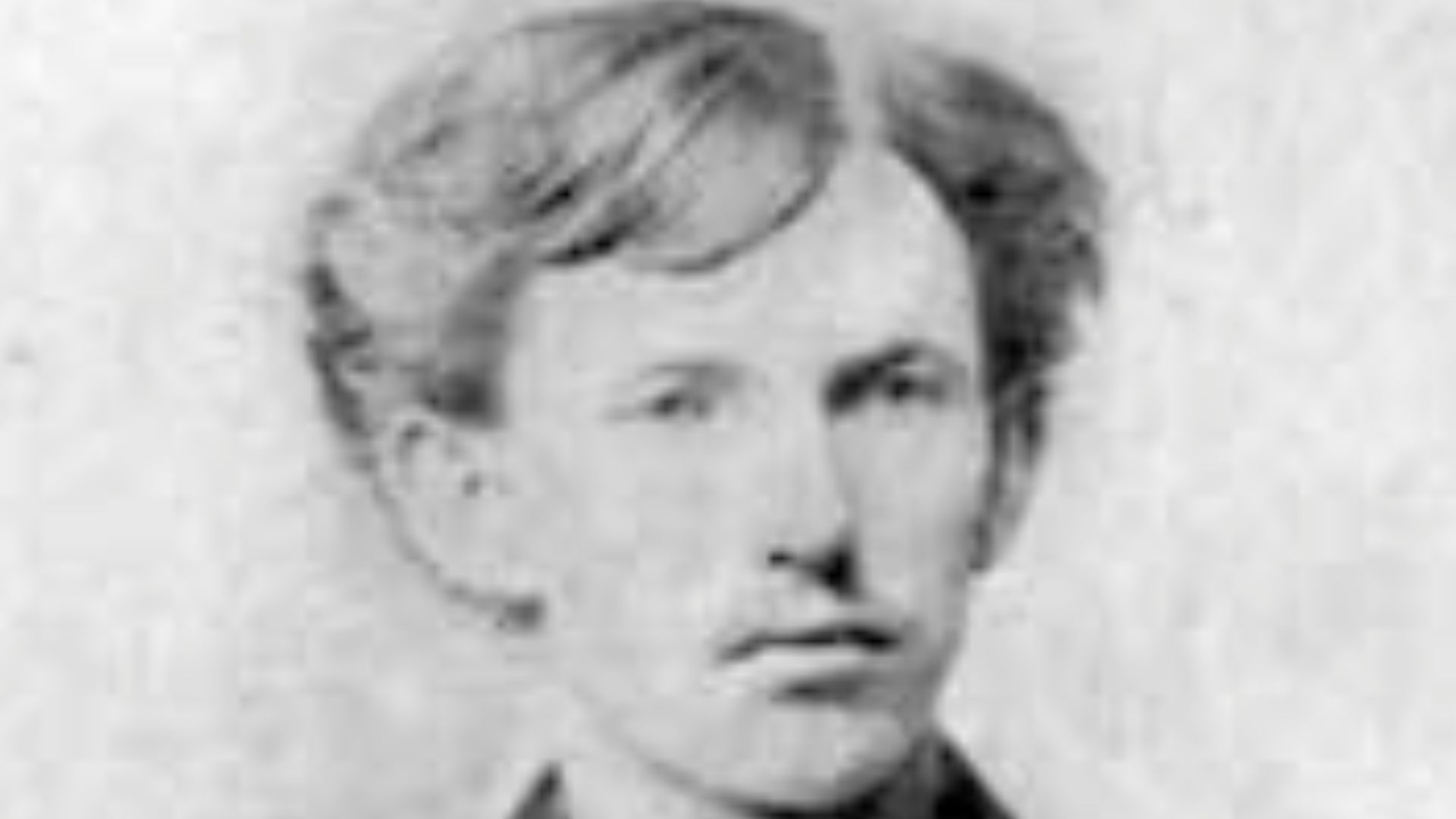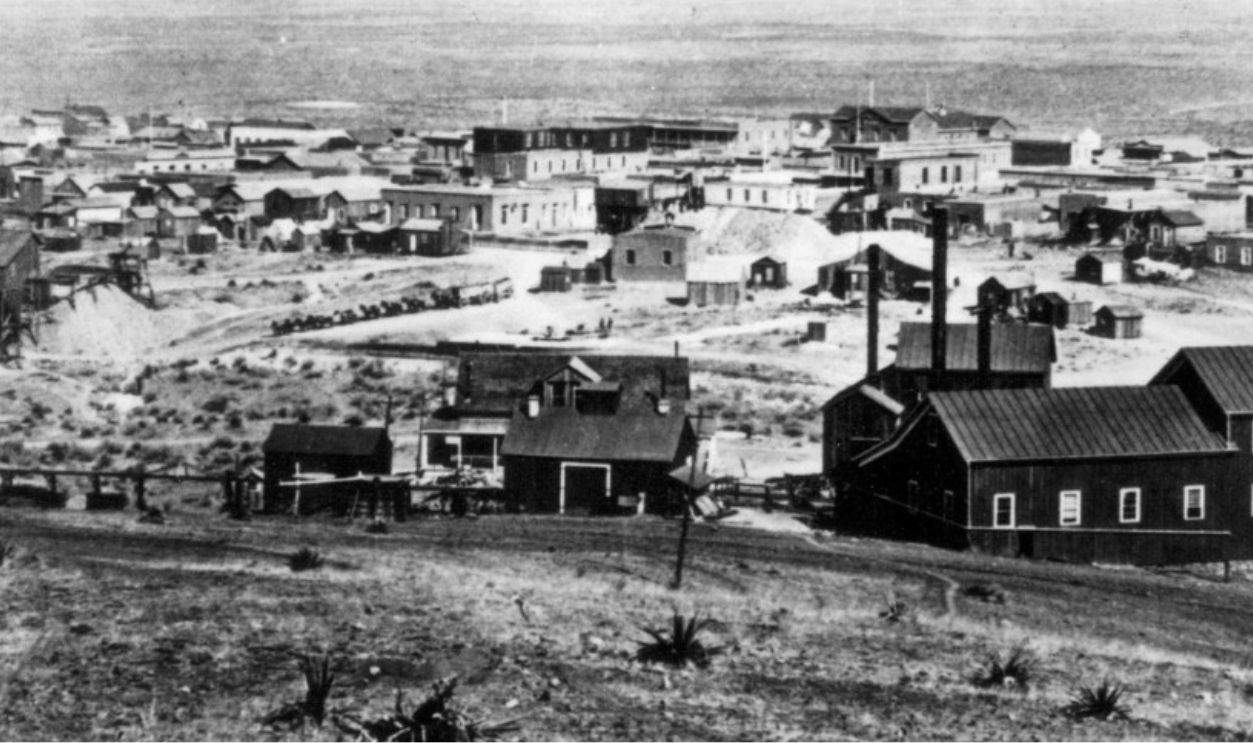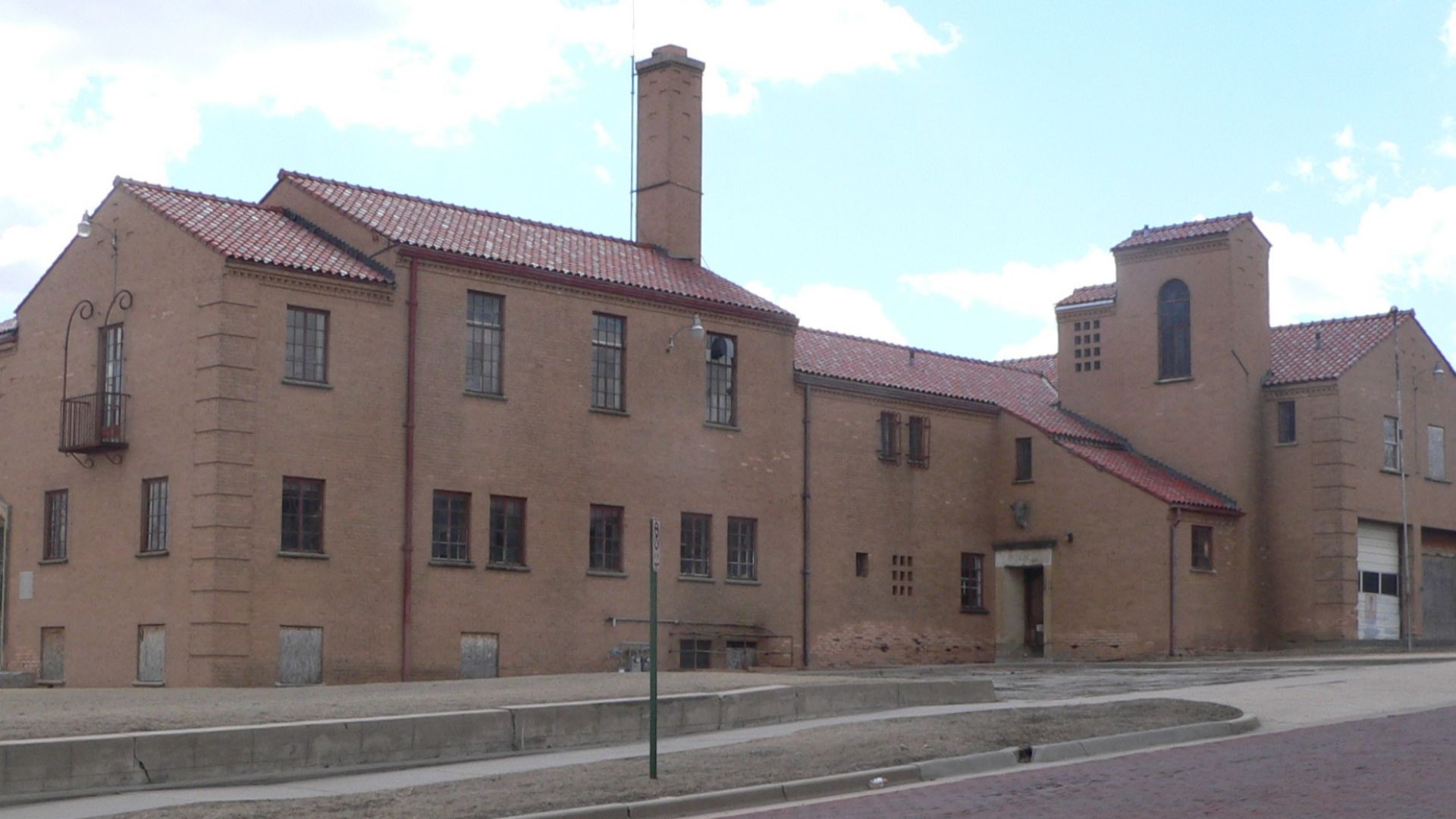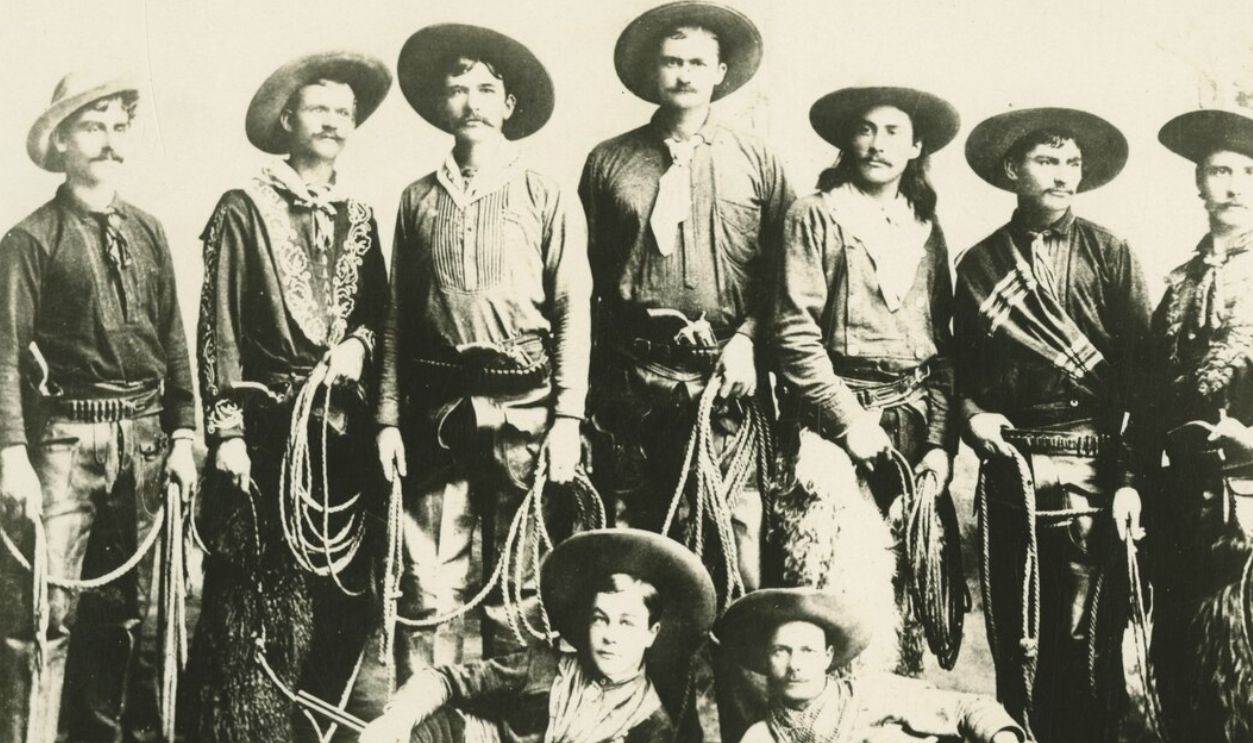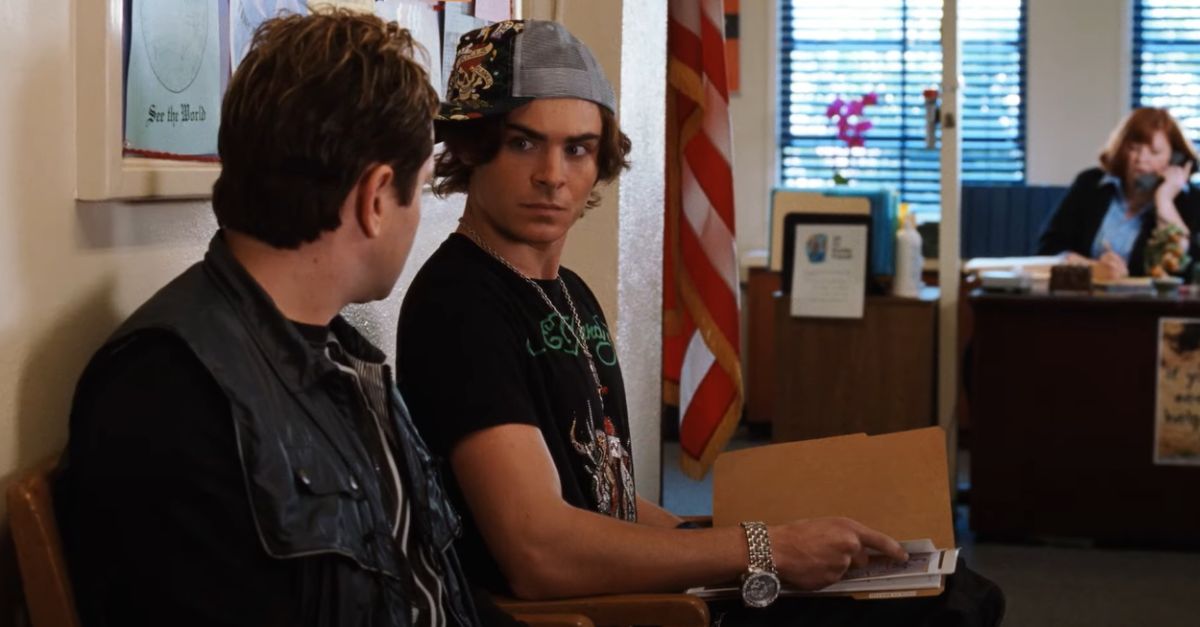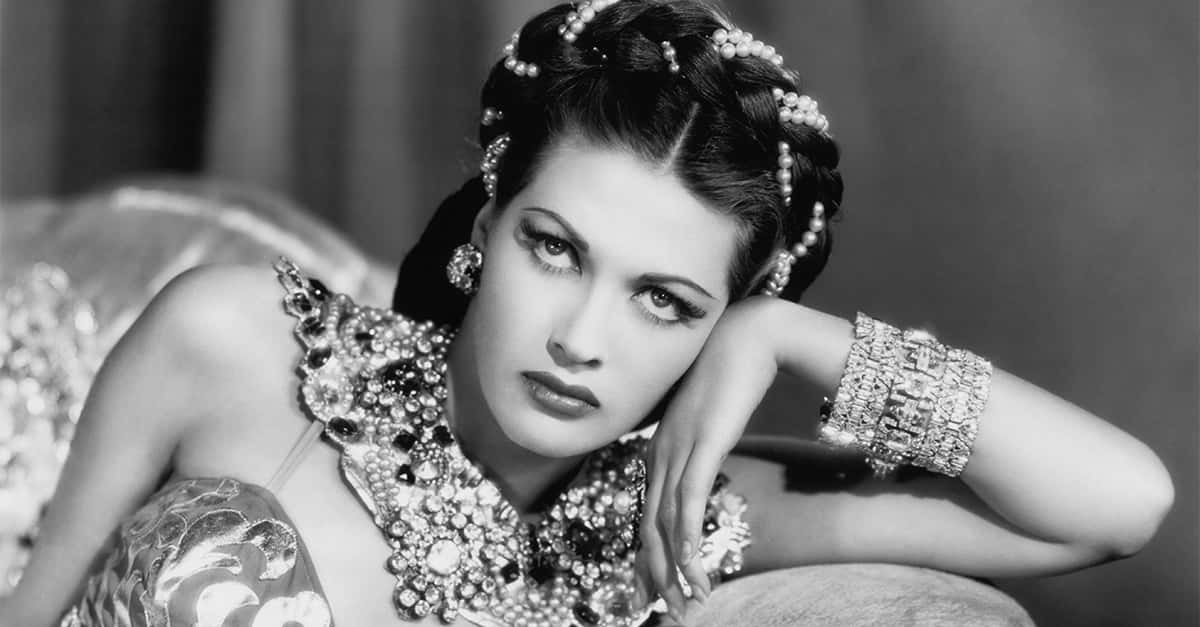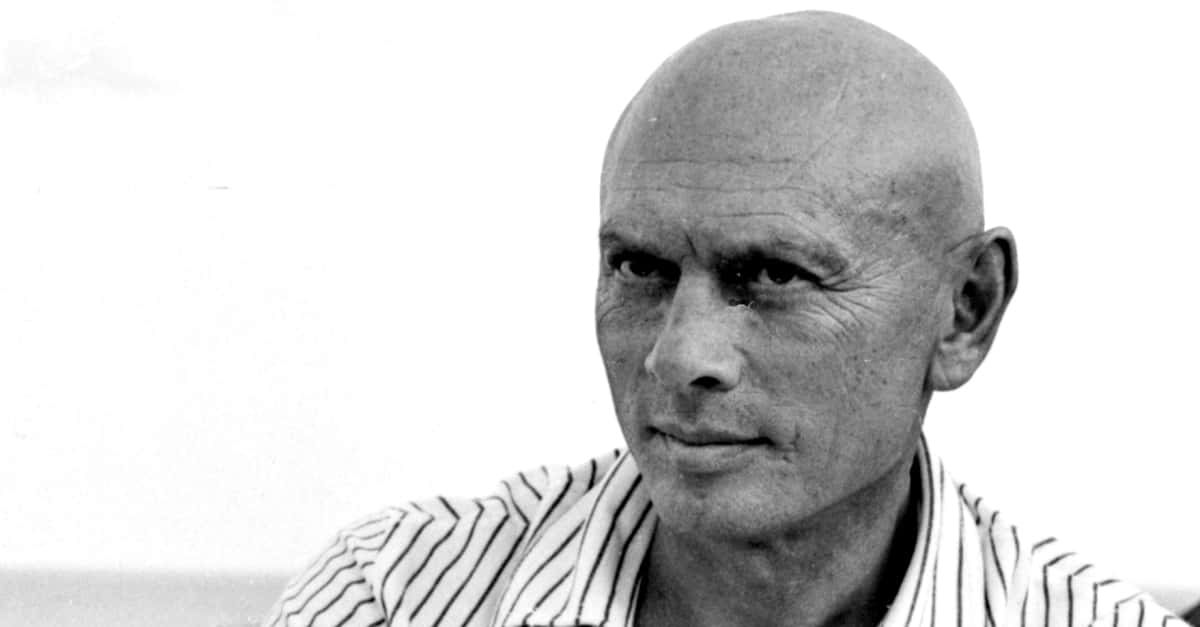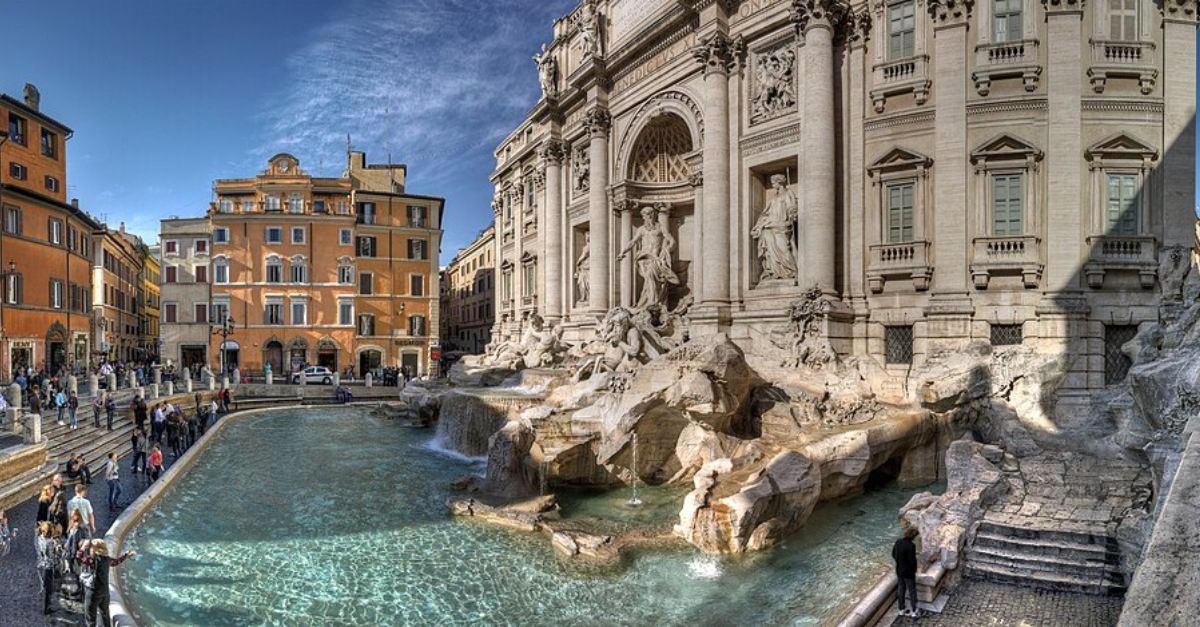The Wild West Sometimes Lied
No one likes a boring history, right? That’s probably why so many Westerners got turned into characters, and whole towns became something they never actually were.
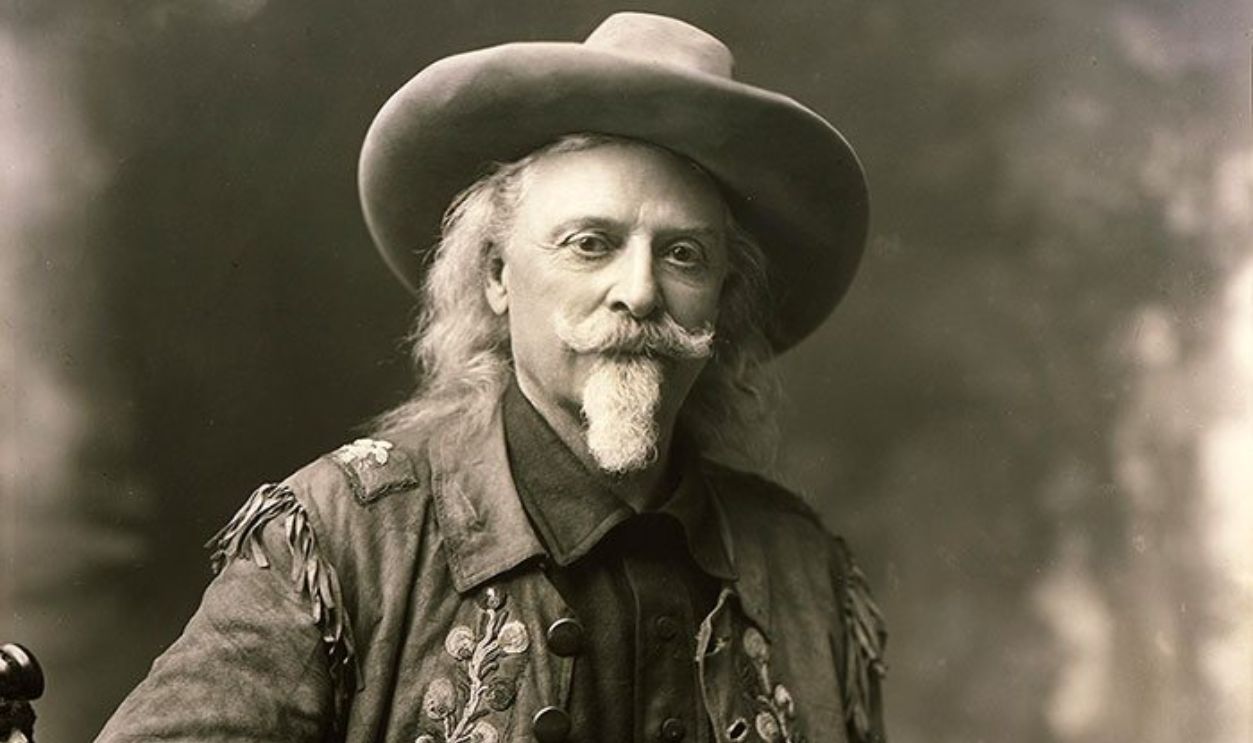
How Buffalo Bill Sold America A Wild West He Mostly Invented
William F Cody created Buffalo Bill’s Wild West show in 1883, parading staged battles and sharpshooters like Annie Oakley. His tales ballooned; his myths became schoolbook legends. Would you believe most folks outside the frontier learned about cowboys, outlaws, and “Indian Wars” from his exaggerated reenactments? That’s marketing genius.
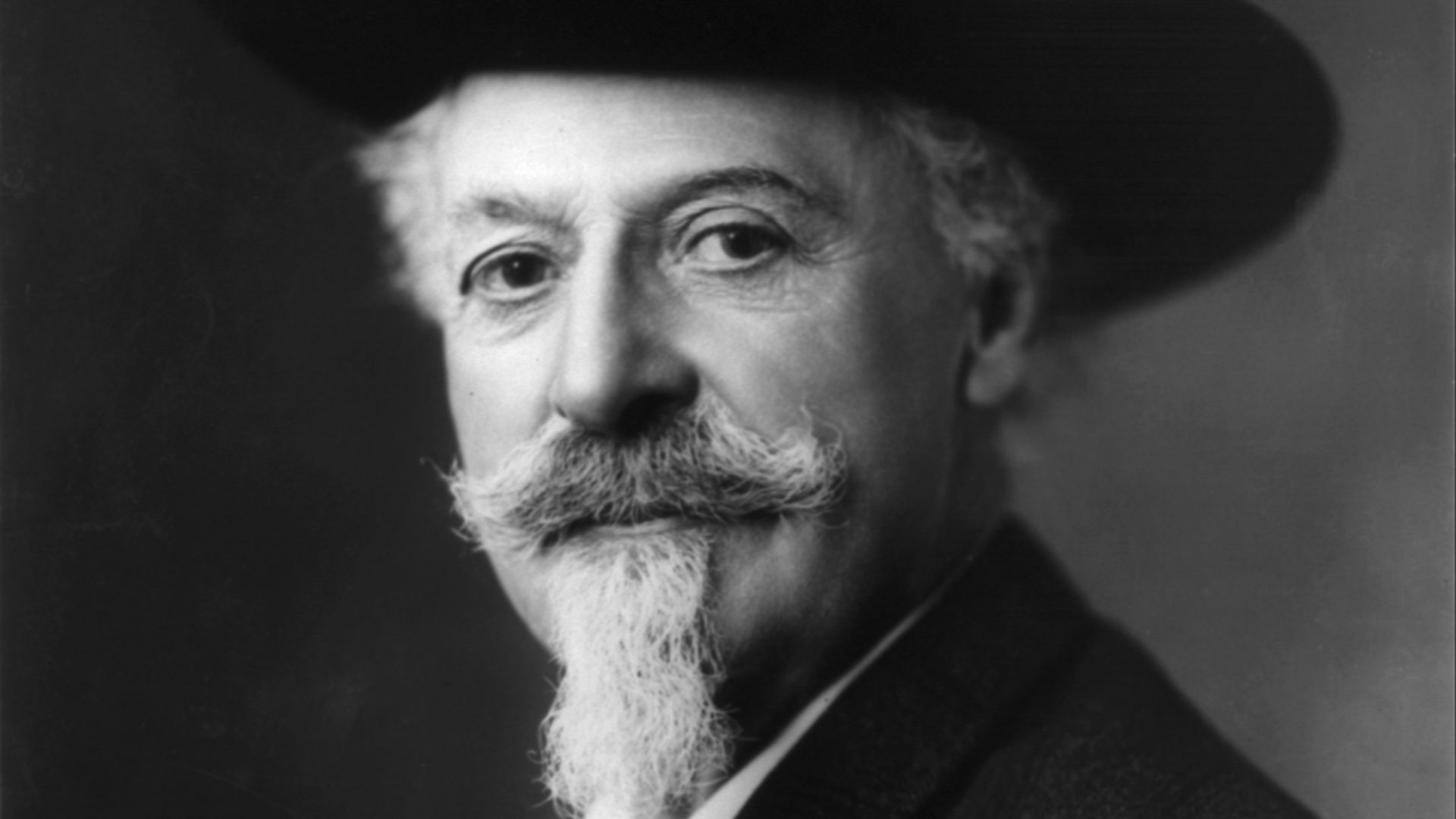 Moffett, Chicago, Wikimedia Commons
Moffett, Chicago, Wikimedia Commons
Why Calamity Jane’s Wild Past Was Largely Her Own Invention
Stories painted her as a fearless frontier woman riding with generals and gunmen. But dig deeper—Martha Jane Canary spun many of her own yarns. Sure, she wore men’s clothes, drank hard, and roamed the West, but her tales of army scouting and Wild Bill Hickok’s sidekick status lack evidence.
What Jesse James Really Fought For, And It Wasn’t The Poor
Jesse James, the so-called “Robin Hood of the West,” never robbed banks to feed hungry neighbors. Born in Missouri and raised Confederate, Jesse fought with brutal guerrillas during the Civil War. Later, he and his gang targeted banks and railroads tied to Northern interests—but the loot stayed in their pockets.
How Billy The Kid’s Kill Count Became A Marketing Gimmick
Legends claim Billy the Kid shot 21 men, one for every year he lived. But the facts? Historians can only confirm four killings, maybe nine. Hollywood gave him twinkling eyes and fast hands, but the real Kid was scrappy, literate, and caught in the mess of the Lincoln County War.
Why Doc Holliday’s Gunslinger Fame Overshadowed His Real Life
Think of Doc Holliday, a deadly gambler with a pistol and a cough, right? The truth is, John Henry Holliday trained as a dentist in Philadelphia before tuberculosis, and bad luck drove him west. He gambled more than he gunned and barely survived shootouts like the one in Tombstone.
How Wyatt Earp Became A Hero After A Short Gunfight
The Gunfight at the OK Corral lasted just 30 seconds. Wyatt walked a murky moral line, often enforcing laws for his crew’s benefit. After the shootout, the media buffed him into a law-and-order legend. But let’s be clear—his heroism was mostly posthumous, burnished by storytelling, not battlefield valor.
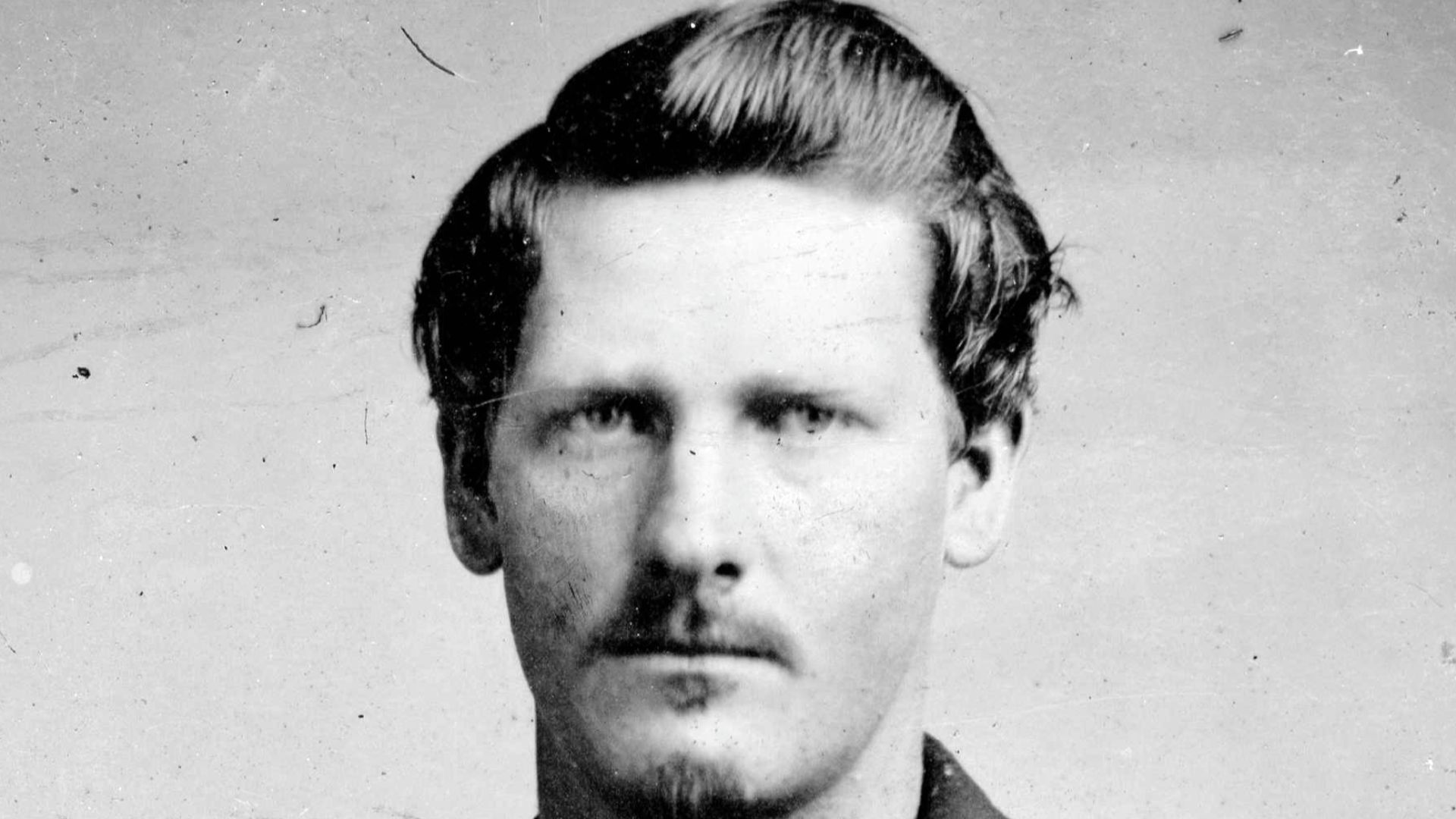 Unknown authorUnknown author, Wikimedia Commons
Unknown authorUnknown author, Wikimedia Commons
The Truth About Wild Bill Hickok’s Final Game Of Cards
Bill Hickok passed on in a Deadwood saloon, shot in the back of the head while holding what’s now called the “dead man’s hand”—aces and eights. No duel, no showdown. Hickok was a lawman, and when Jack McCall pulled the trigger during a poker game, it was a surprise.
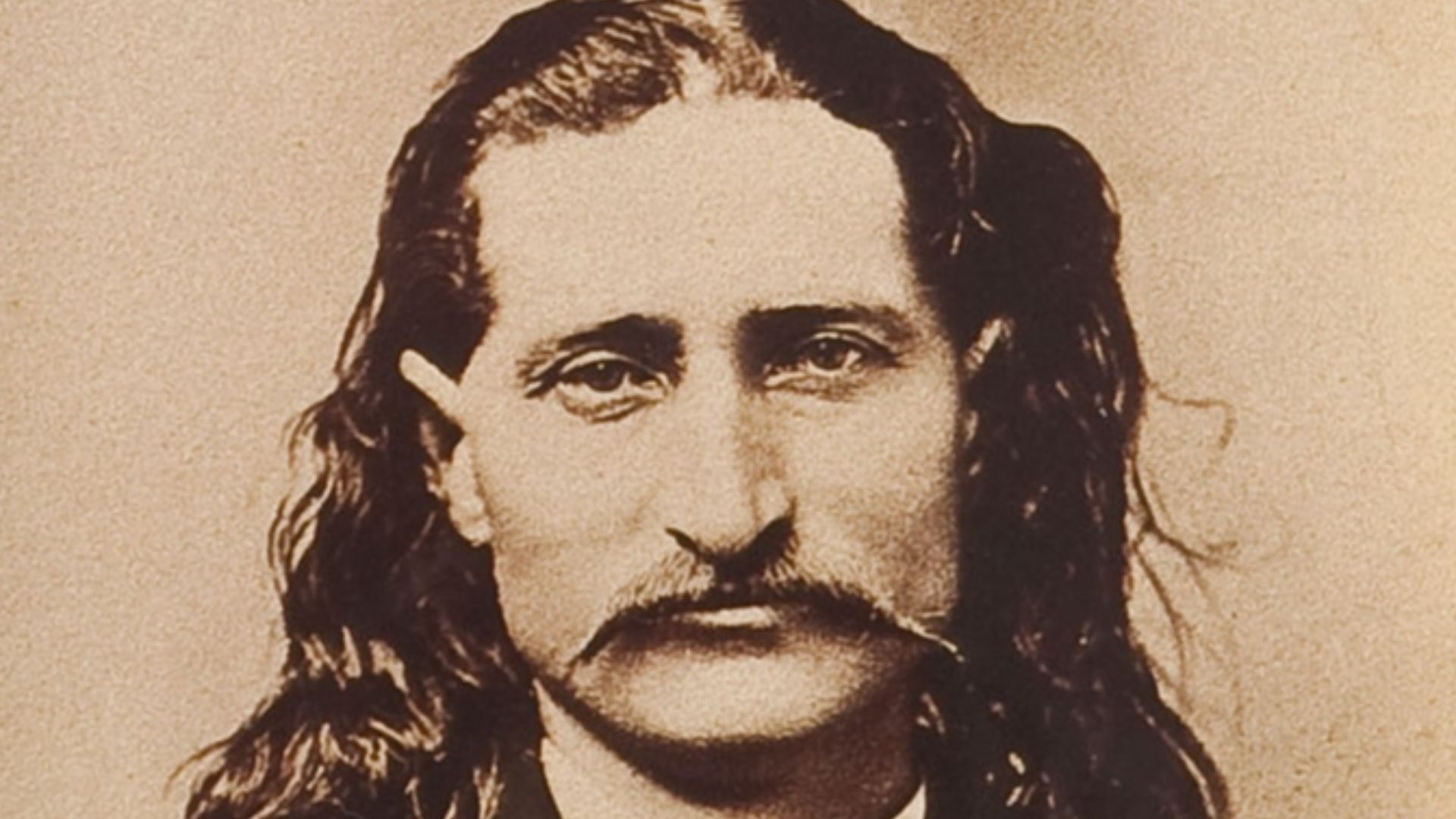 unattributed, Wikimedia Commons
unattributed, Wikimedia Commons
How The Stage, Not The Battlefield, Sharpened Annie Oakley’s Legend
Born Phoebe Ann Mosey, Oakley began shooting as a child to feed her family. By her teens, she outgunned her future husband in a match. Buffalo Bill made her a star, dazzling audiences with trick shots. But stage lights don’t equal frontlines since her legend grew in the circus ring.
 Stacy Co., Brooklyn, N.Y., Wikimedia Commons
Stacy Co., Brooklyn, N.Y., Wikimedia Commons
How Deadwood’s Outlaw Image Masked Its Economic Rise
Established in 1876 around the same time as the Black Hills Gold Rush, Deadwood drew outlaws, sure, but also entrepreneurs and families. Newspapers and even opera houses dotted its steep streets. You’ve seen the Deadwood TV version as raw, but the town's real story is far more layered and alive.
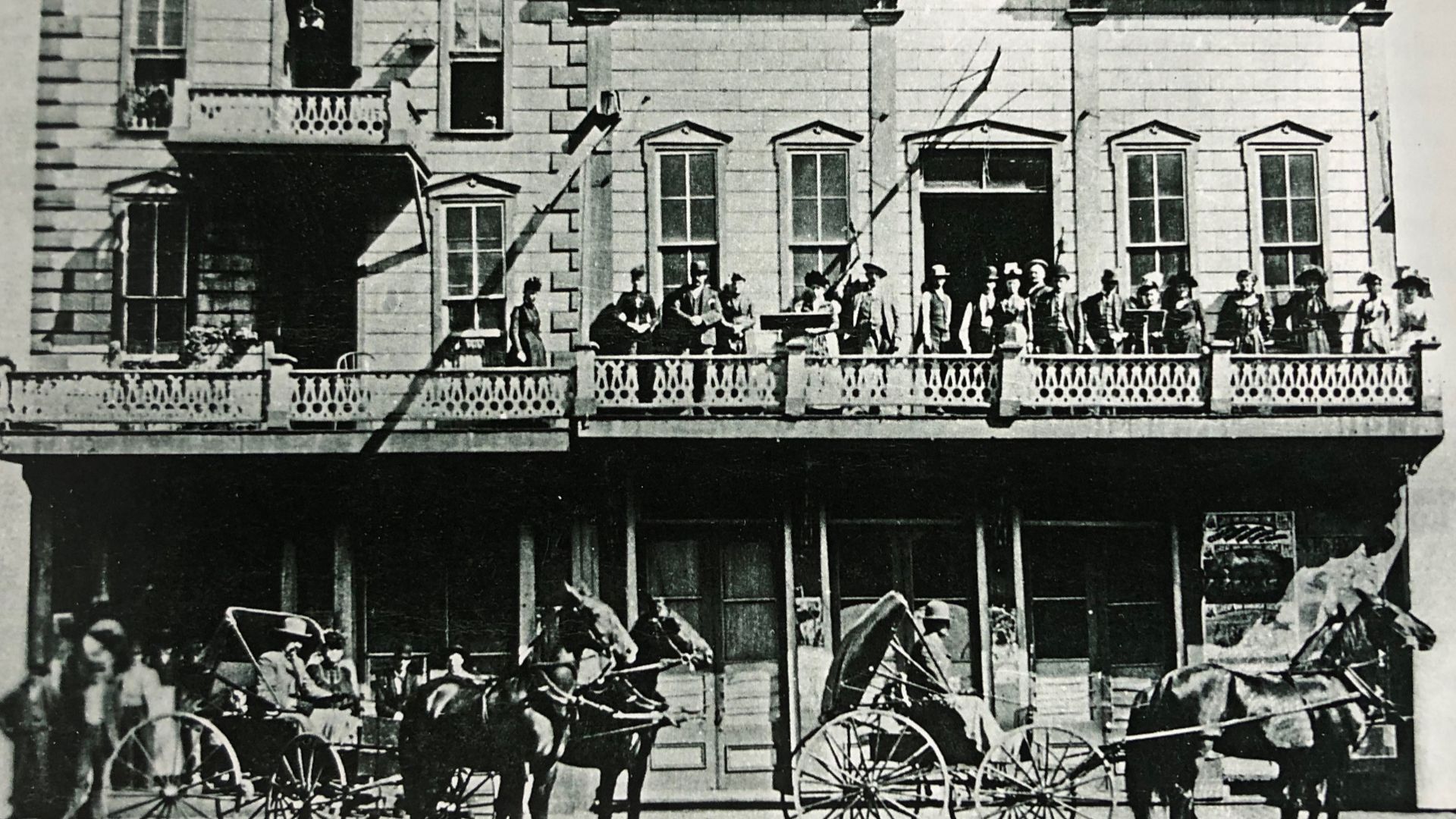 Unknown authorUnknown author, Wikimedia Commons
Unknown authorUnknown author, Wikimedia Commons
Why Tombstone Was More Business Hub Than Battlefield
You hear “Tombstone,” you picture dust and shootouts. But this Arizona town didn’t just trade bullets—it traded supplies. Founded in 1879 after rich silver strikes, it boomed into a thriving economy. By the time of the famous OK Corral shootout, Tombstone had multiple theaters and even a bowling alley.
What Really Happened To The Dalton Gang In Coffeyville
The Dalton brothers ride into Coffeyville, Kansas, planning to rob two banks at once. Bold? Yes. Brilliant? Hardly. On October 5, 1892, the townspeople recognized them, armed themselves, and fought back. In under 15 minutes, four outlaws lay dead. The gang dreamed of becoming legends—but Coffeyville handed them humiliation instead.
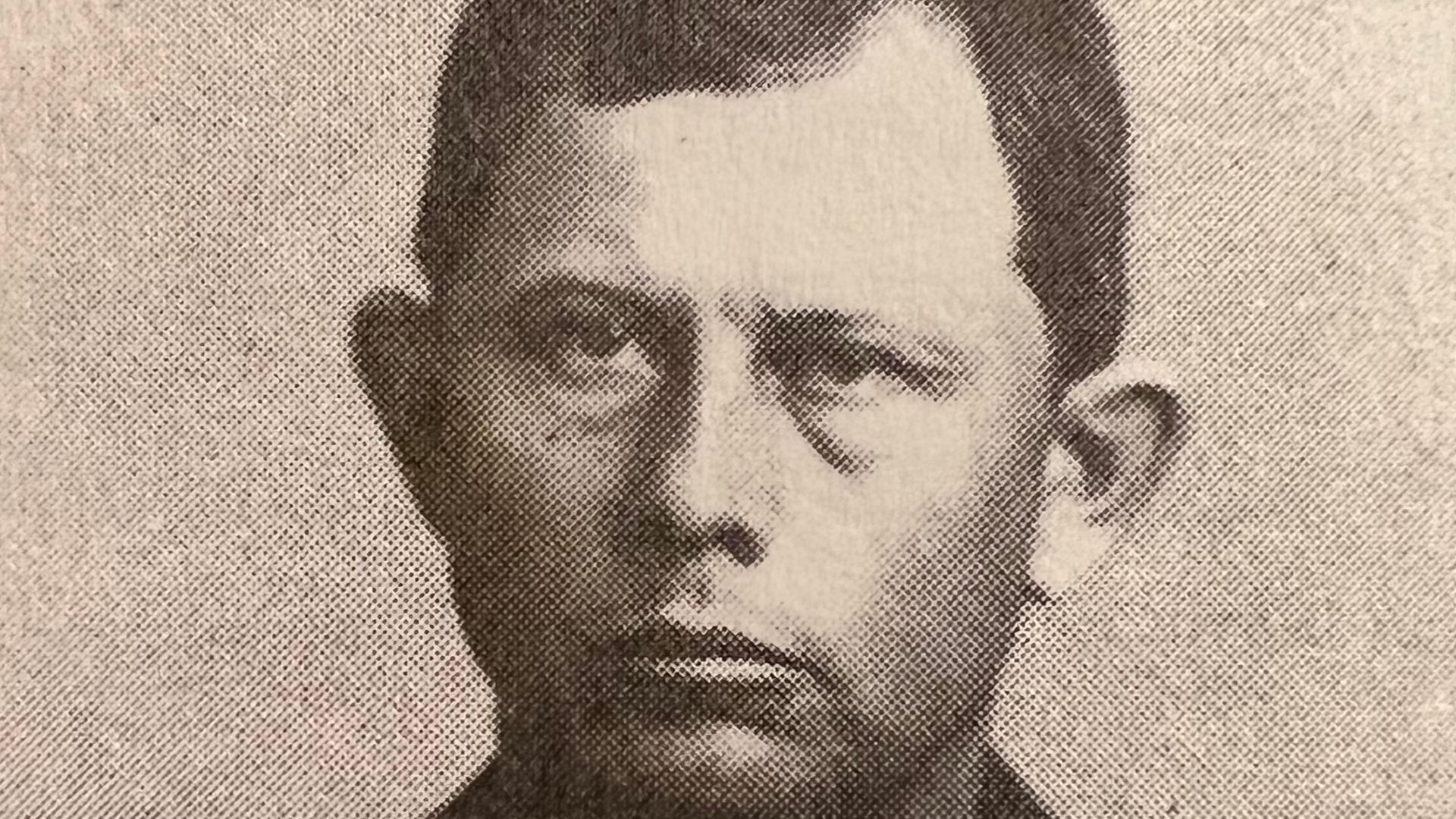 Tulare County Jail, Wikimedia Commons
Tulare County Jail, Wikimedia Commons
How Dodge City Used Law And Order To Sell Lawlessness
Dodge City didn’t earn its infamous reputation by being lawless but by marketing the myth. Yes, cowboys blew off steam, but the violence was dramatically overstated. Marshals like Bat Masterson kept things relatively under control. In its wildest years, Dodge averaged fewer than two murders annually.
The Real Story Of Geronimo’s Multiple Surrenders
Geronimo’s image screams defiance, and to many, he never surrendered. This Chiricahua Apache leader surrendered multiple times, each time followed by a return to resistance. By 1886, cornered and exhausted, he finally yielded to General Miles in Arizona. The government had sent him to Florida, Alabama, and Oklahoma.
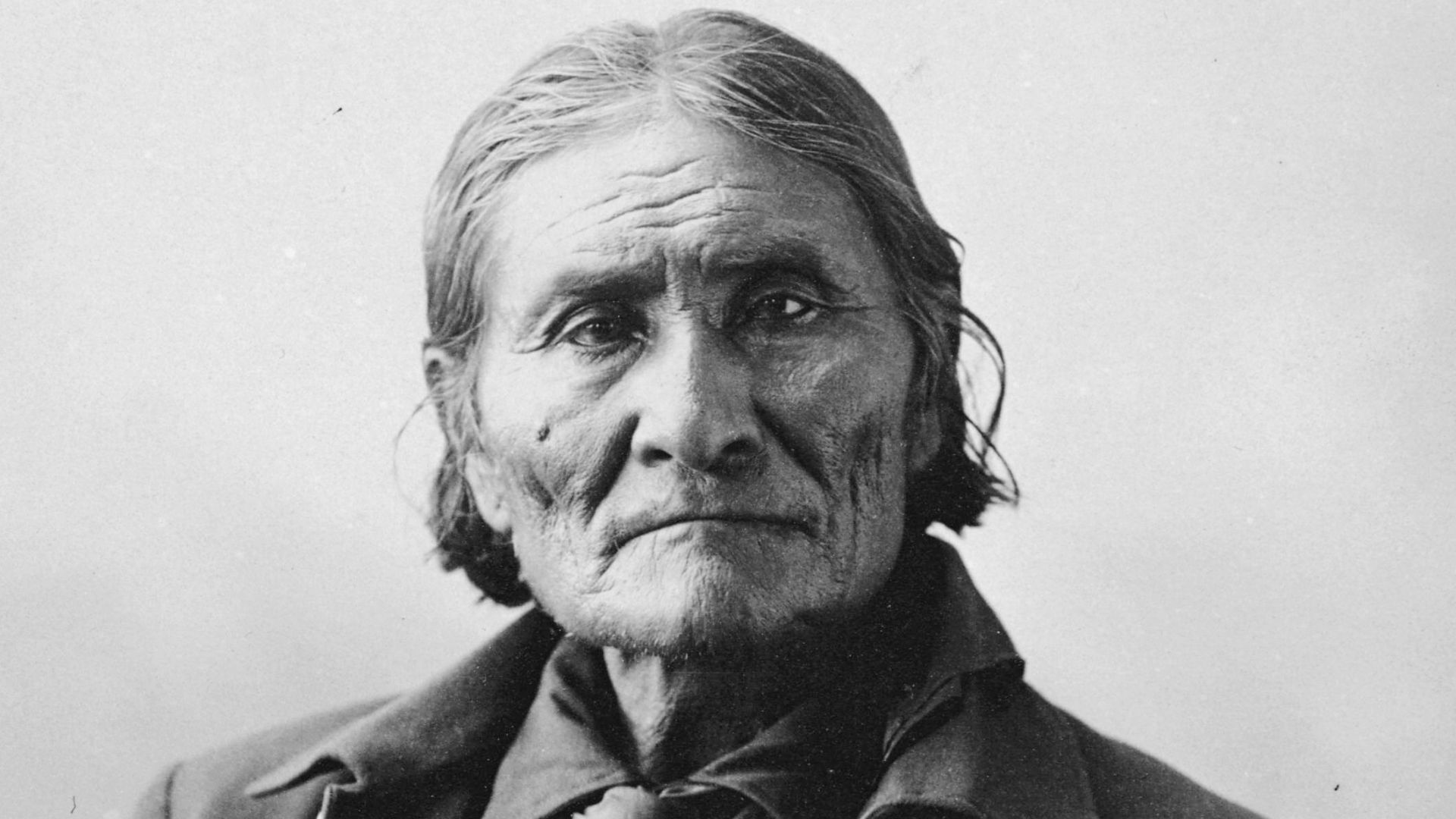 Adolph F. Muhr, Wikimedia Commons
Adolph F. Muhr, Wikimedia Commons
Why Nat Love’s Cowboy Fame Was Buried Under Whitewashed Myths
Nat Love won shooting contests—yet his name rarely surfaces in cowboy lore because he was Black. Born into slavery, Nat rode the open range from Texas to the Dakotas. He wrote his story in 1907, detailing daring escapes. Despite all that, mainstream Western tales erased Black cowboys like him.
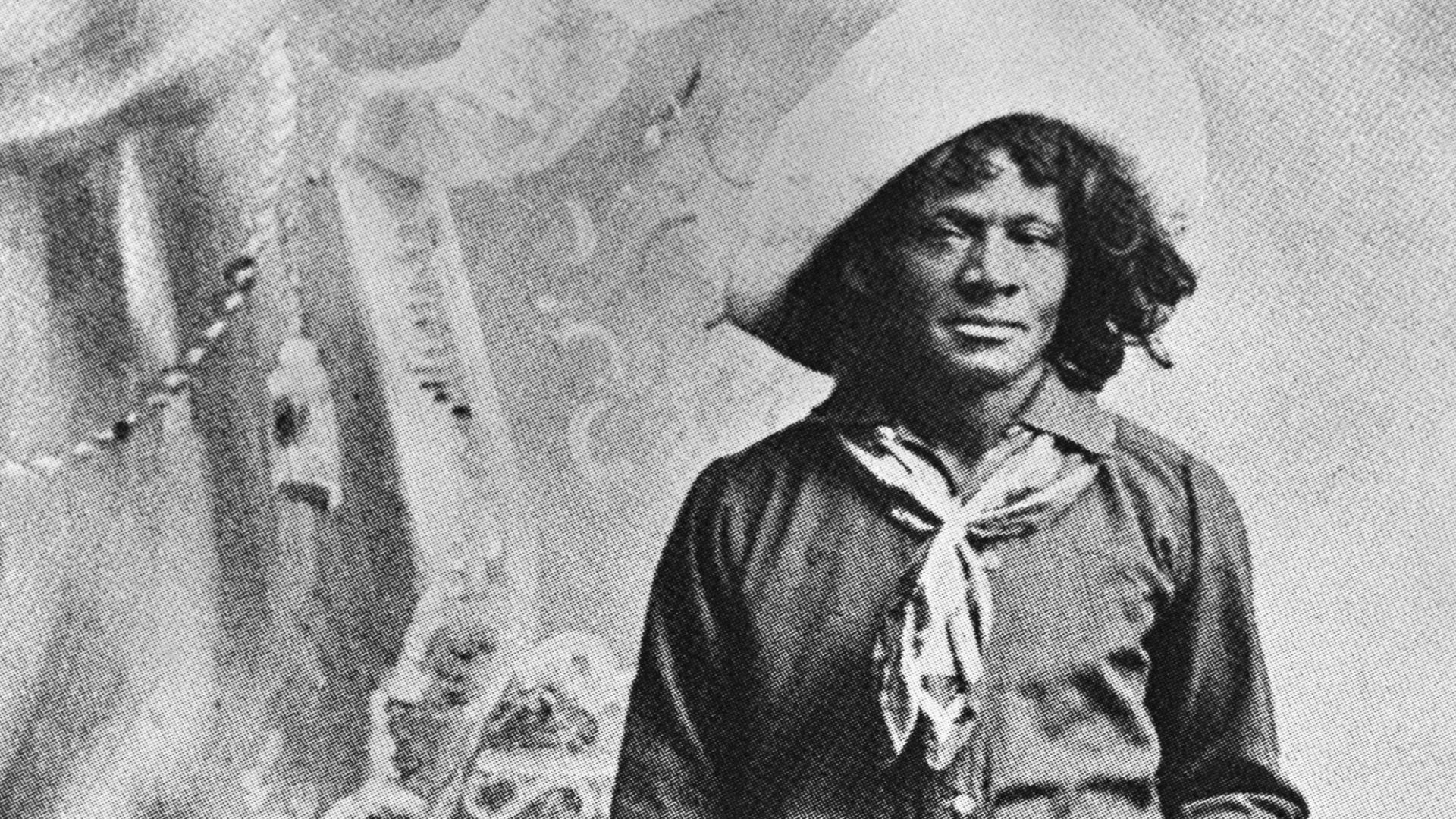 Unknown authorUnknown author, Wikimedia Commons
Unknown authorUnknown author, Wikimedia Commons
How Bat Masterson Went From Dodge Lawman To New York Journalist
Imagine a frontier lawman trading his six-shooter for a typewriter. That’s Bat Masterson. Known for taming Dodge City alongside Wyatt Earp, he later reinvented himself entirely. By 1902, he was writing sports columns for The New York Morning Telegraph, rubbing elbows with Teddy Roosevelt and boxing champs—no gun duels.
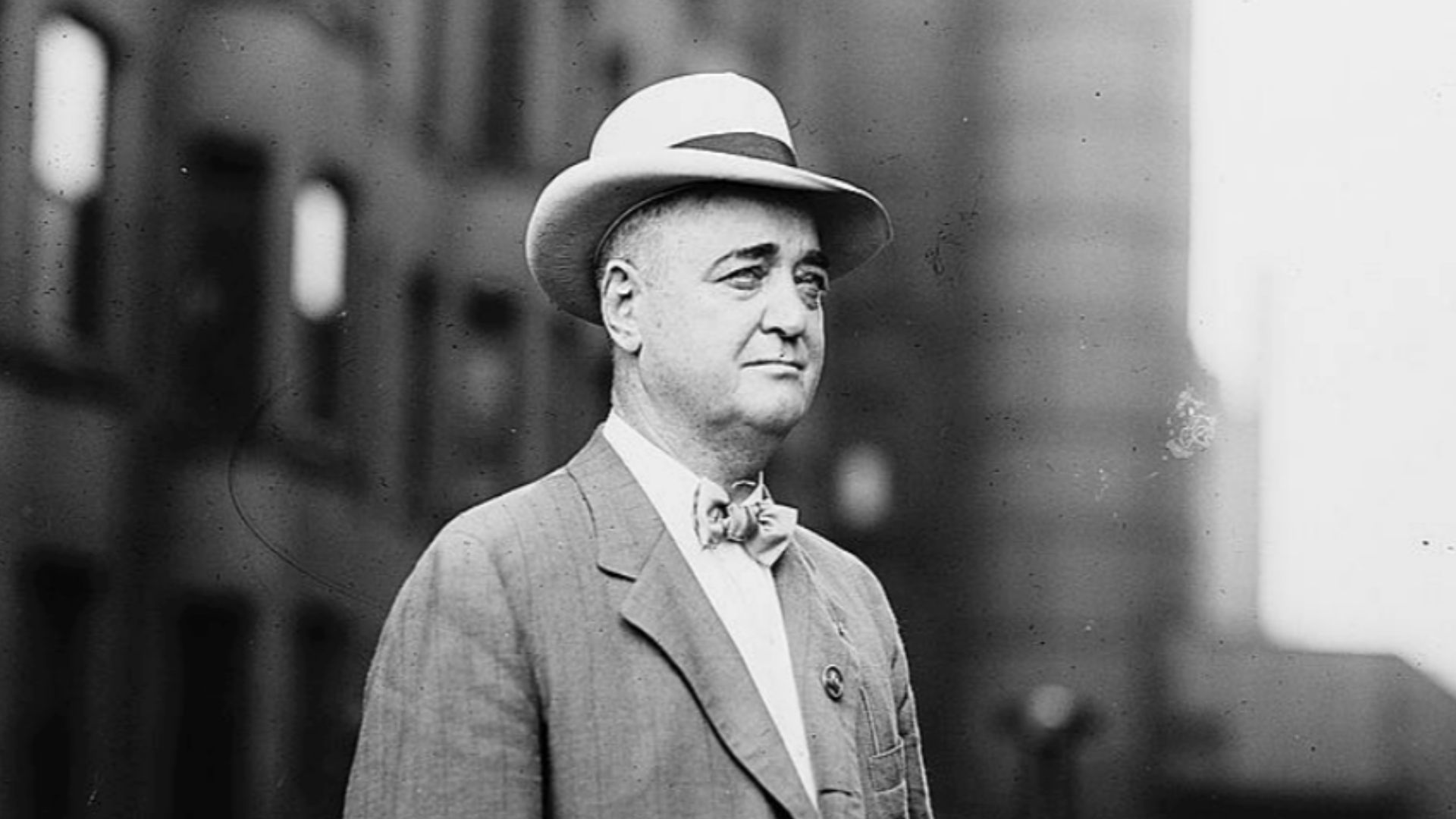 Bain News Service, Wikimedia Commons
Bain News Service, Wikimedia Commons
Why Wild West Shows Turned Sitting Bull Into A Sideshow
Sitting Bull led the resistance at Little Bighorn, defeating Custer in 1876. But less than a decade later, he toured with Buffalo Bill’s Wild West show. Dressed in feathers and fringe, he rode around arenas while audiences cheered a version of him that had nothing to do with sovereignty.
How Butch Cassidy’s Legend Hid His Corporate-Style Crime Network
Born Robert Parker, Cassidy ran the Wild Bunch, a highly coordinated gang that targeted trains and banks across multiple states. Between 1896 and 1901, they stole hundreds of thousands. The truth is that he built a criminal enterprise before fleeing to South America, not a roguish ride into the sunset.
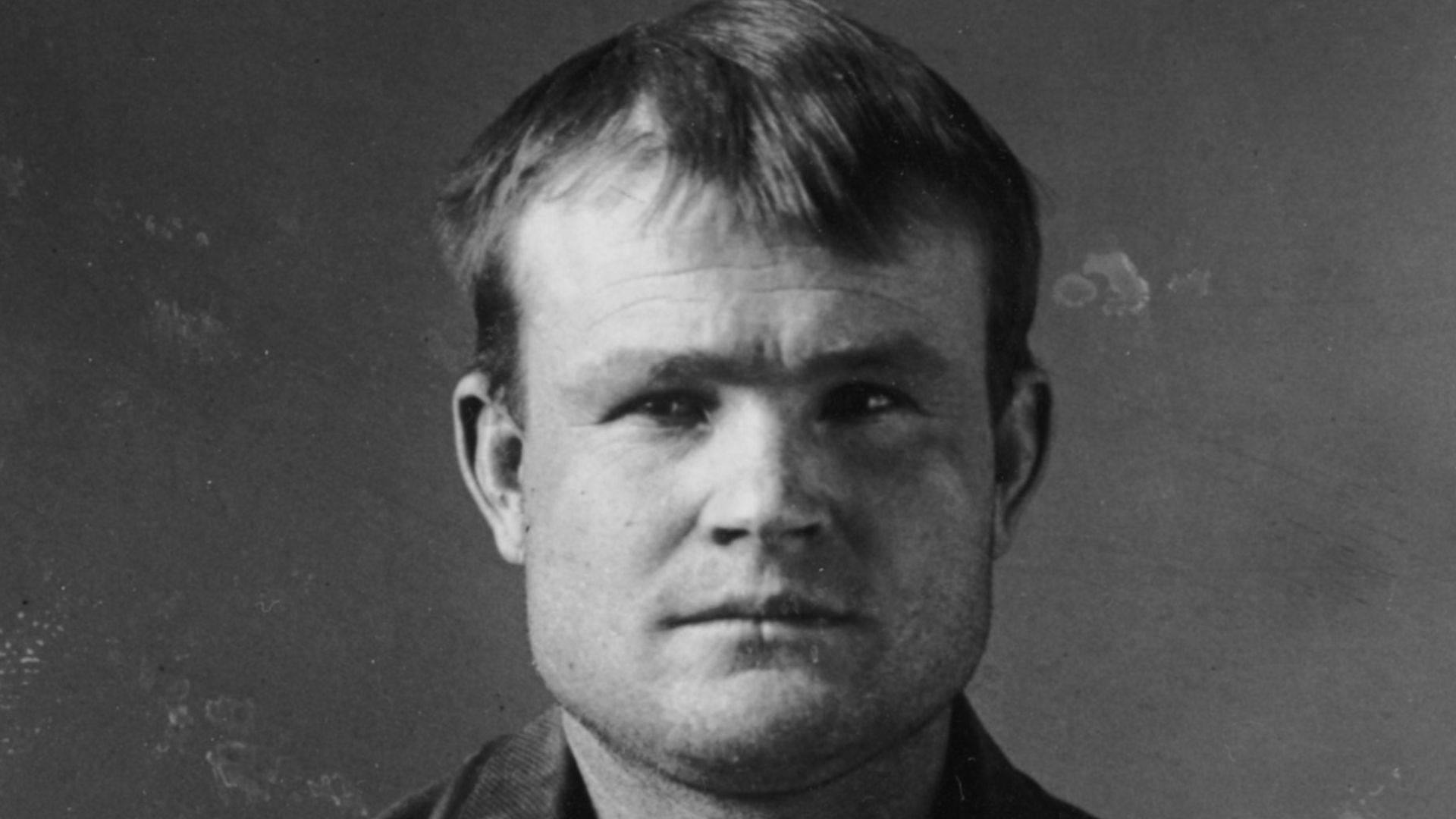 Unknown authorUnknown author, Wikimedia Commons
Unknown authorUnknown author, Wikimedia Commons
The Myth That Turned Belle Starr Into An Outlaw Queen
The “Bandit Queen” sounds thrilling, but Belle Starr’s outlaw fame came largely from dime novels and tabloids. Born Myra Maybelle Shirley, she ran with horse thieves but never led a criminal empire. She wore velvet gowns, rode sidesaddle, and socialized with outlaws—but her exploits were minor compared to the legends.
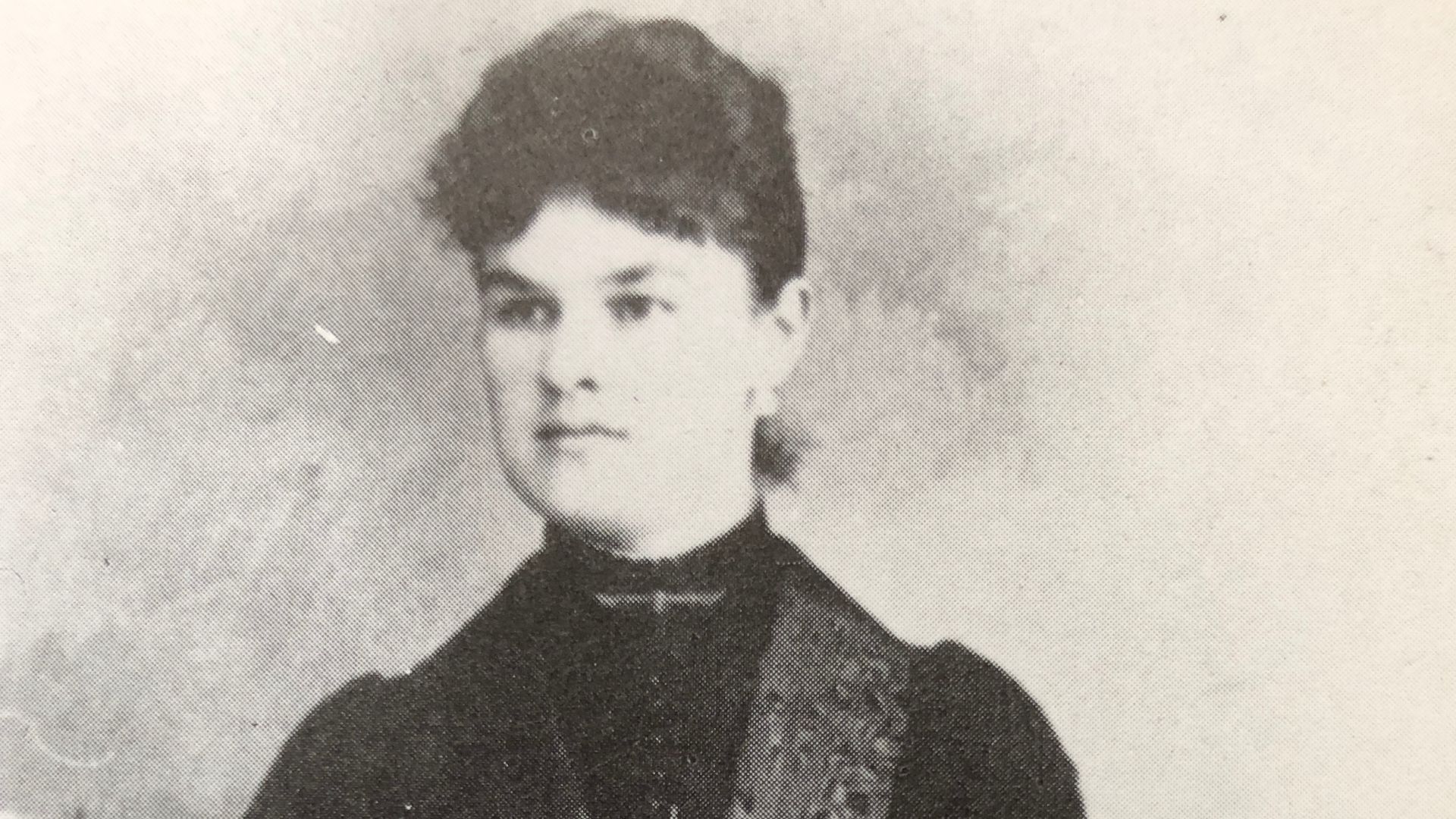 Unknown authorUnknown author, Wikimedia Commons
Unknown authorUnknown author, Wikimedia Commons
Why The Shootout At Northfield Crushed The James-Younger Gang
In 1876, the James-Younger Gang tried to rob the First National Bank of Northfield, Minnesota. It ended in disaster. Locals fought back with gunfire and grit—two townsfolk died, but the gang took a beating. Three members were killed, the Youngers captured, and Jesse James barely escaped.
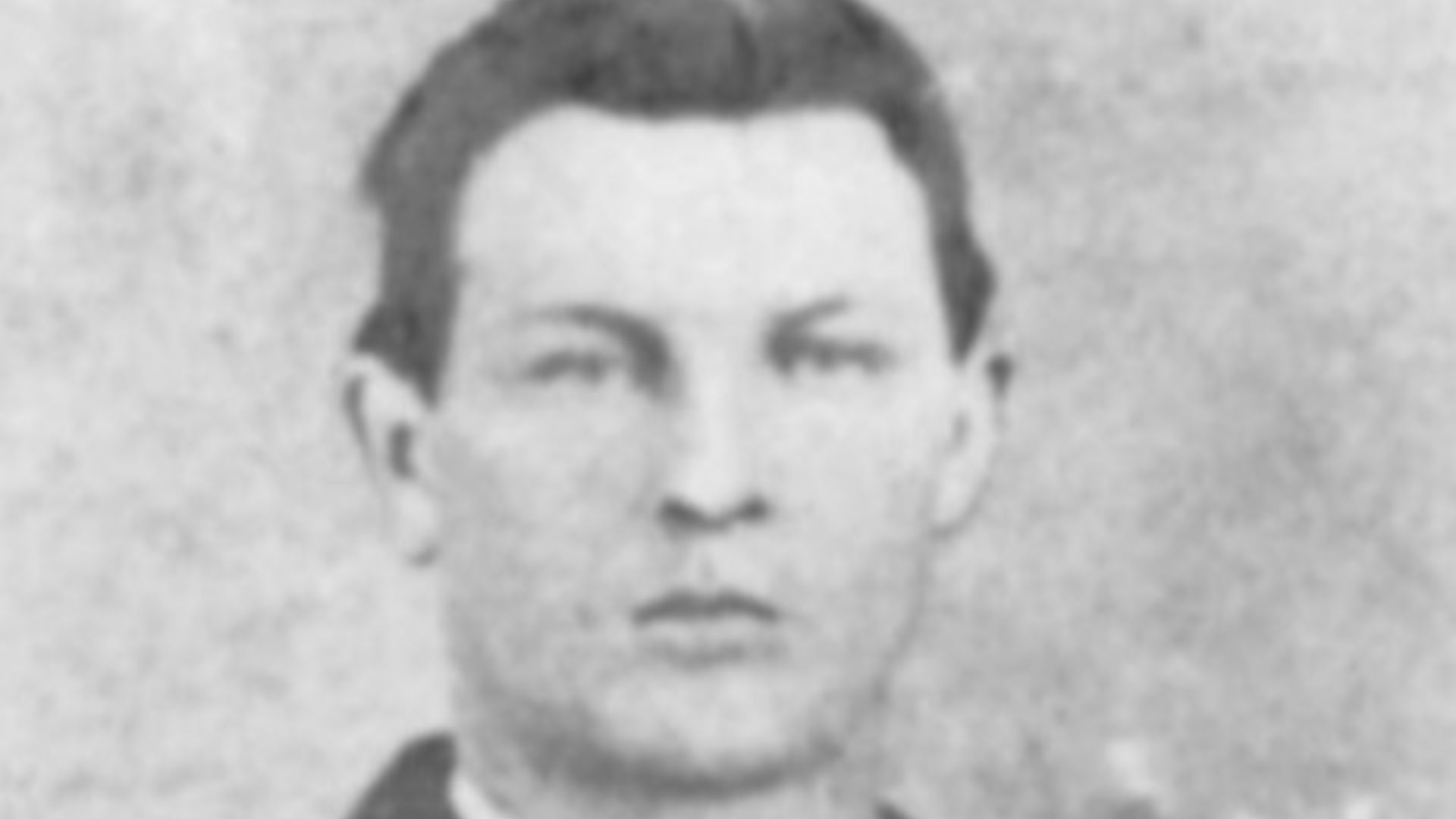 Cole Younger. No photo credit. The Henneberry Company 1903, Wikimedia Commons
Cole Younger. No photo credit. The Henneberry Company 1903, Wikimedia Commons
How The Lone Ranger Was Based On A Real Black Lawman Named Bass Reeves
Some historians believe Bass Reeves, a former enslaved man turned deputy US Marshal, may have inspired the Lone Ranger. He arrested 3,000 felons and rode with Native trackers. While parallels exist, sources like True West Magazine note no definitive evidence linking Reeves to the fictional hero.
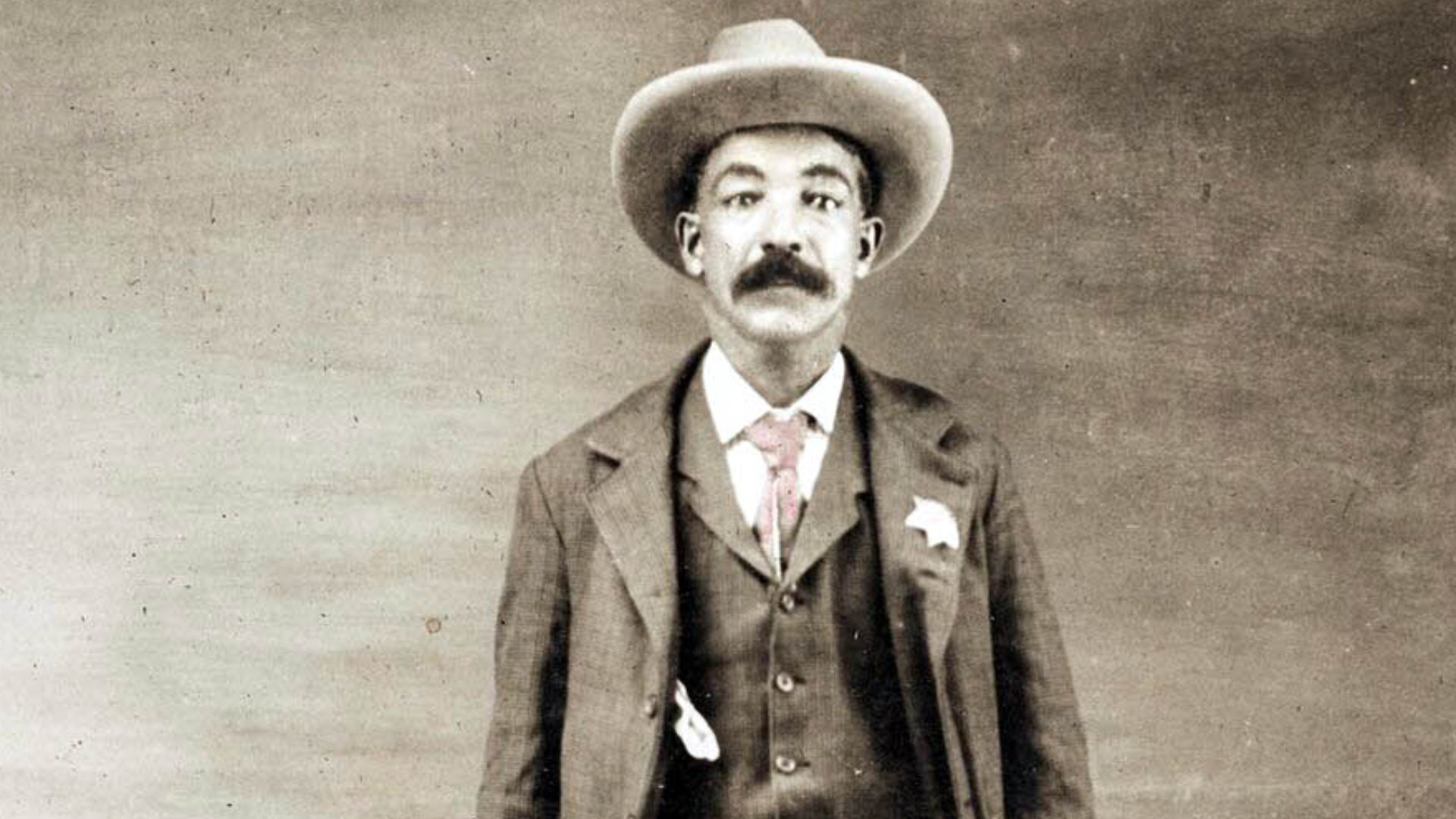 Unknown authorUnknown author, Wikimedia Commons
Unknown authorUnknown author, Wikimedia Commons
How Pioneering Women Like Mary Fields Were Erased From Western Lore
Known as “Stagecoach Mary,” she became the first African American woman to work for the US Postal Service. She earned respect in a frontier town that wasn’t used to tough women, let alone Black women. But you won’t see her in many Westerns, will you?
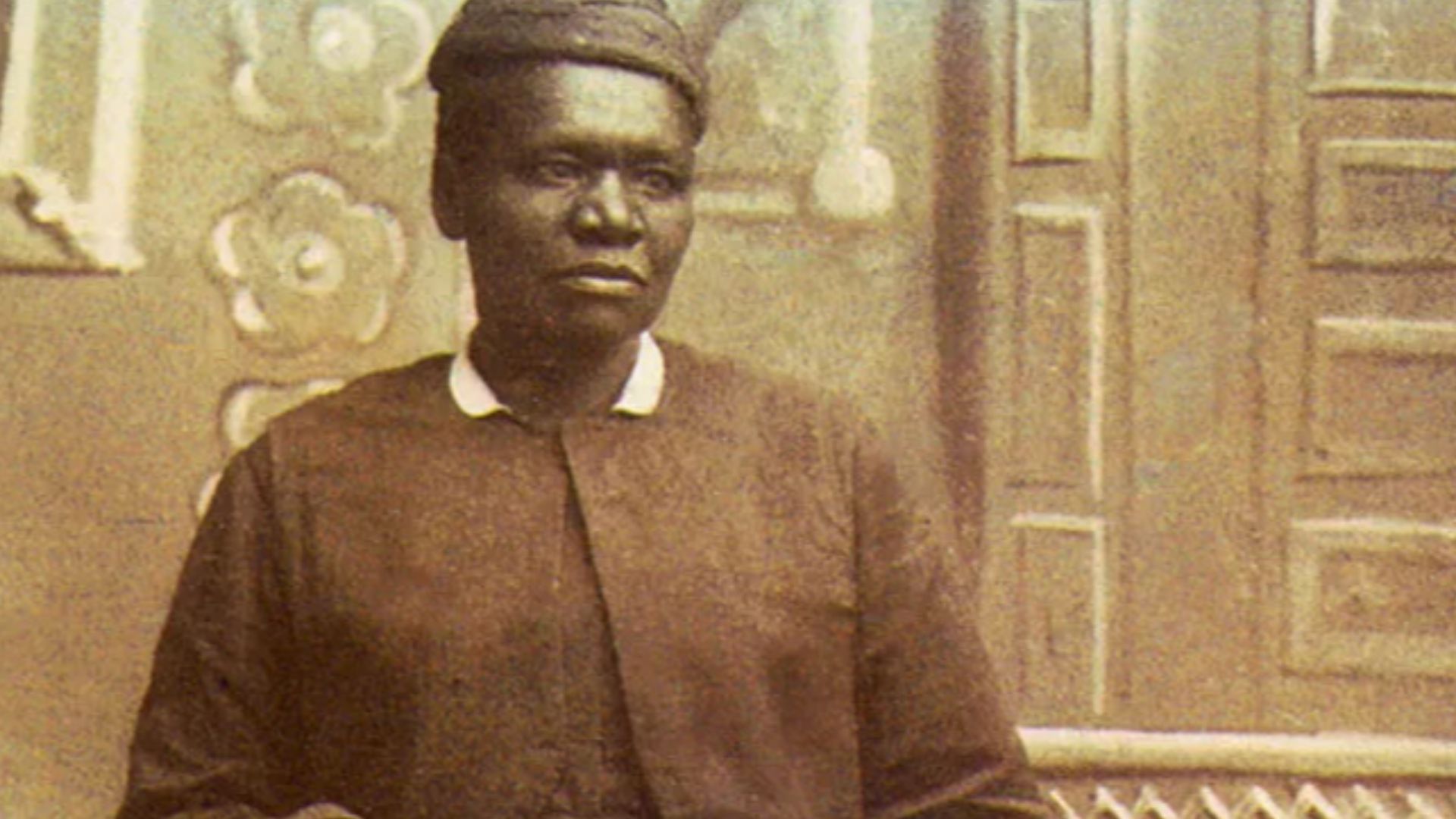 Unknown authorUnknown author, Wikimedia Commons
Unknown authorUnknown author, Wikimedia Commons
Why The Real Annie Bassett Was Far More Complex Than Any Western Script
Bassett ranched in Utah’s Brown’s Park and refused to sell land to cattle barons. That made her a target. Raised on horseback, she hosted outlaws like Cassidy but wasn’t one herself. Newspapers painted her as a gun-toting rebel, but records show a savvy rancher defending her family’s claim.
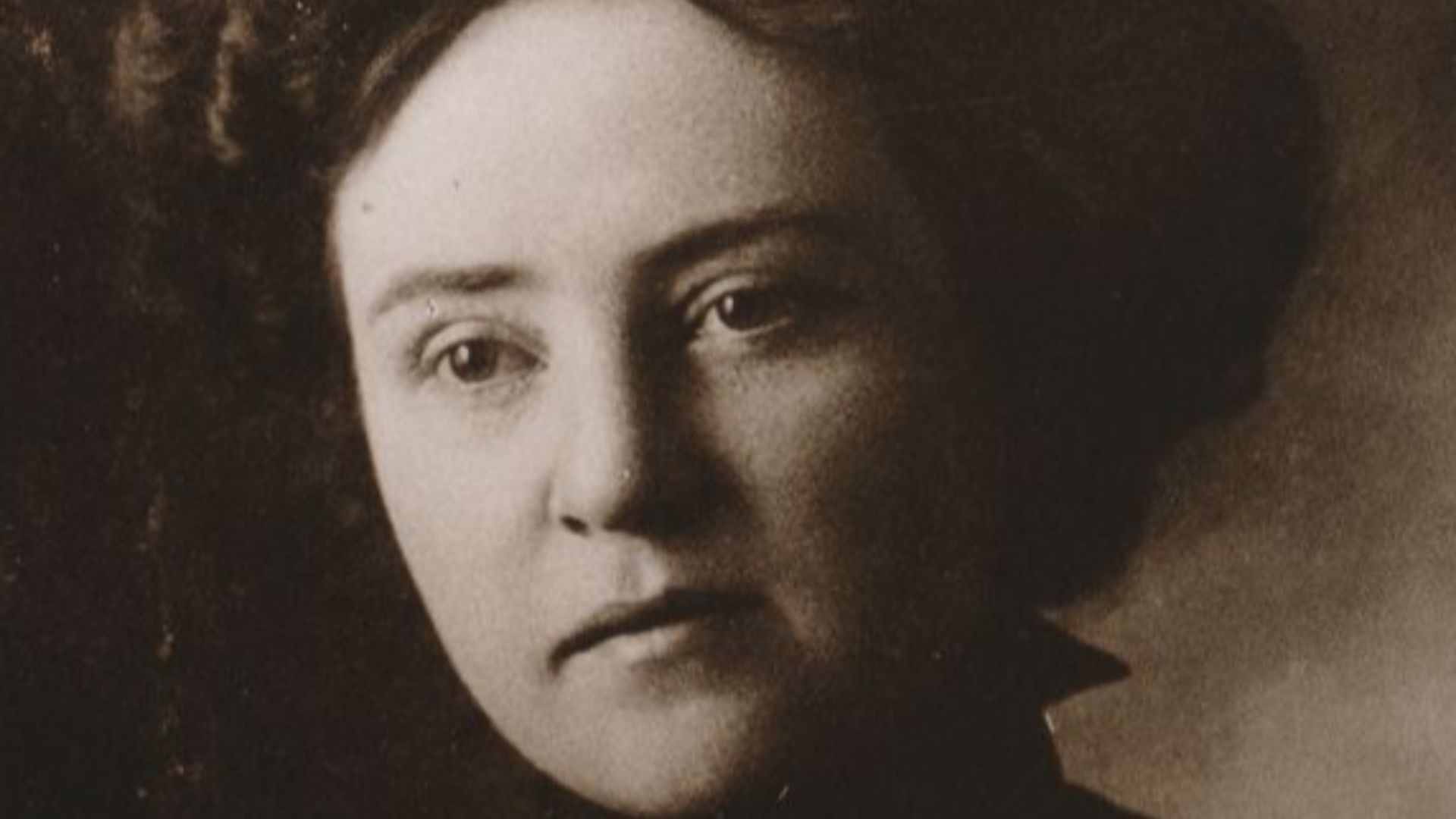 Unknown authorUnknown author, Wikimedia Commons
Unknown authorUnknown author, Wikimedia Commons
What Really Happened To John Wesley Hardin, The Lawyer Who Killed Dozens
Hardin supposedly once shot a man for snoring. He killed at least 20 men, by his count, 44, and got arrested. After serving time, he studied law and got licensed. He tried to go straight to El Paso, but fate was like, “Nope,” because, in 1895, someone shot him.
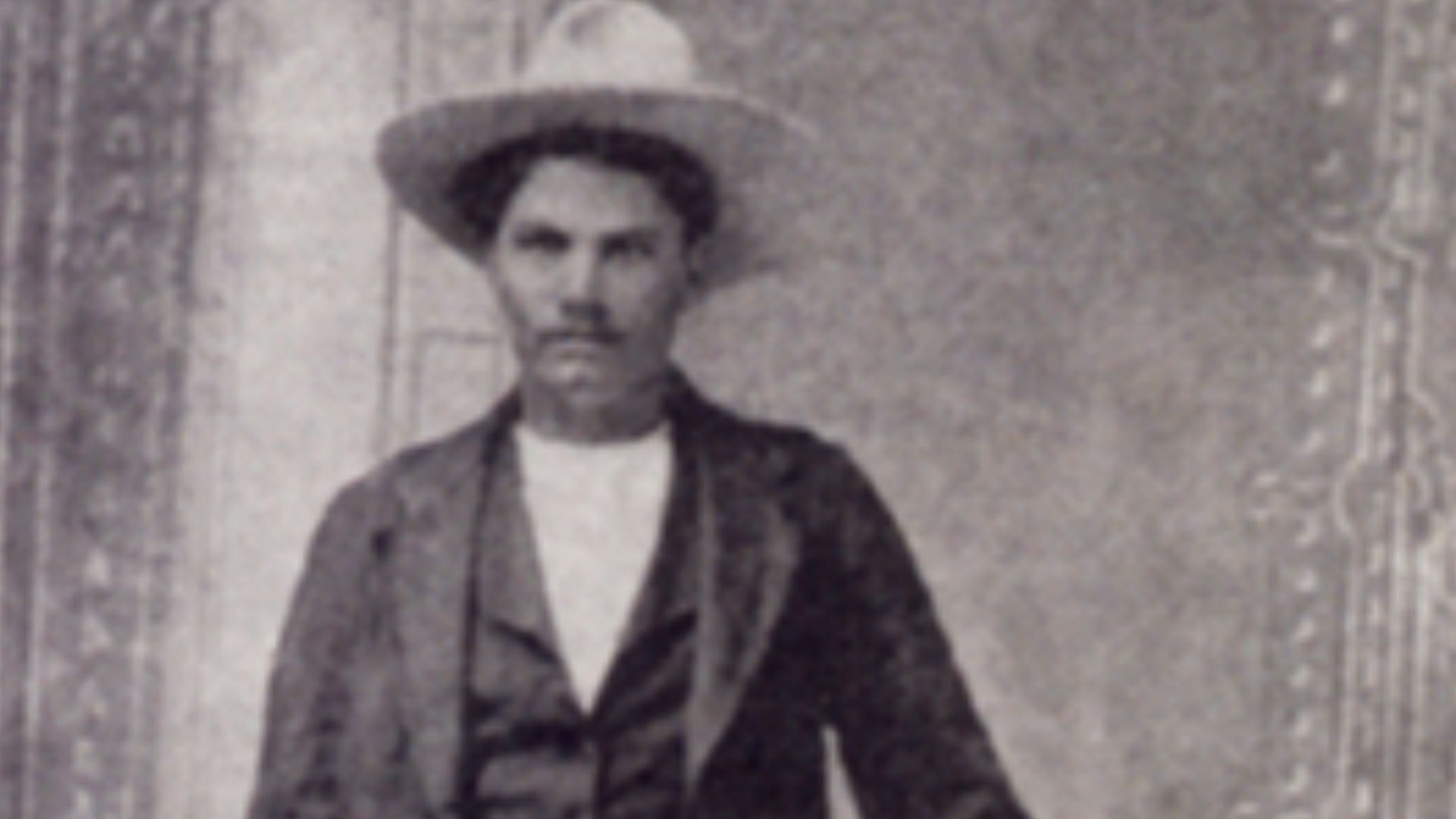 The original uploader was Shauri at English Wikipedia., Wikimedia Commons
The original uploader was Shauri at English Wikipedia., Wikimedia Commons
How Virginia City Became A Boomtown Of Fortune And Fiction
Virginia City rose from silver—the Comstock Lode made it explode overnight. By the 1860s, it was the richest place west of the Mississippi. Theaters, telegraphs, and newspapers flourished. Mark Twain even launched his writing career there. Yet movies later turned it into a generic cowboy haven.
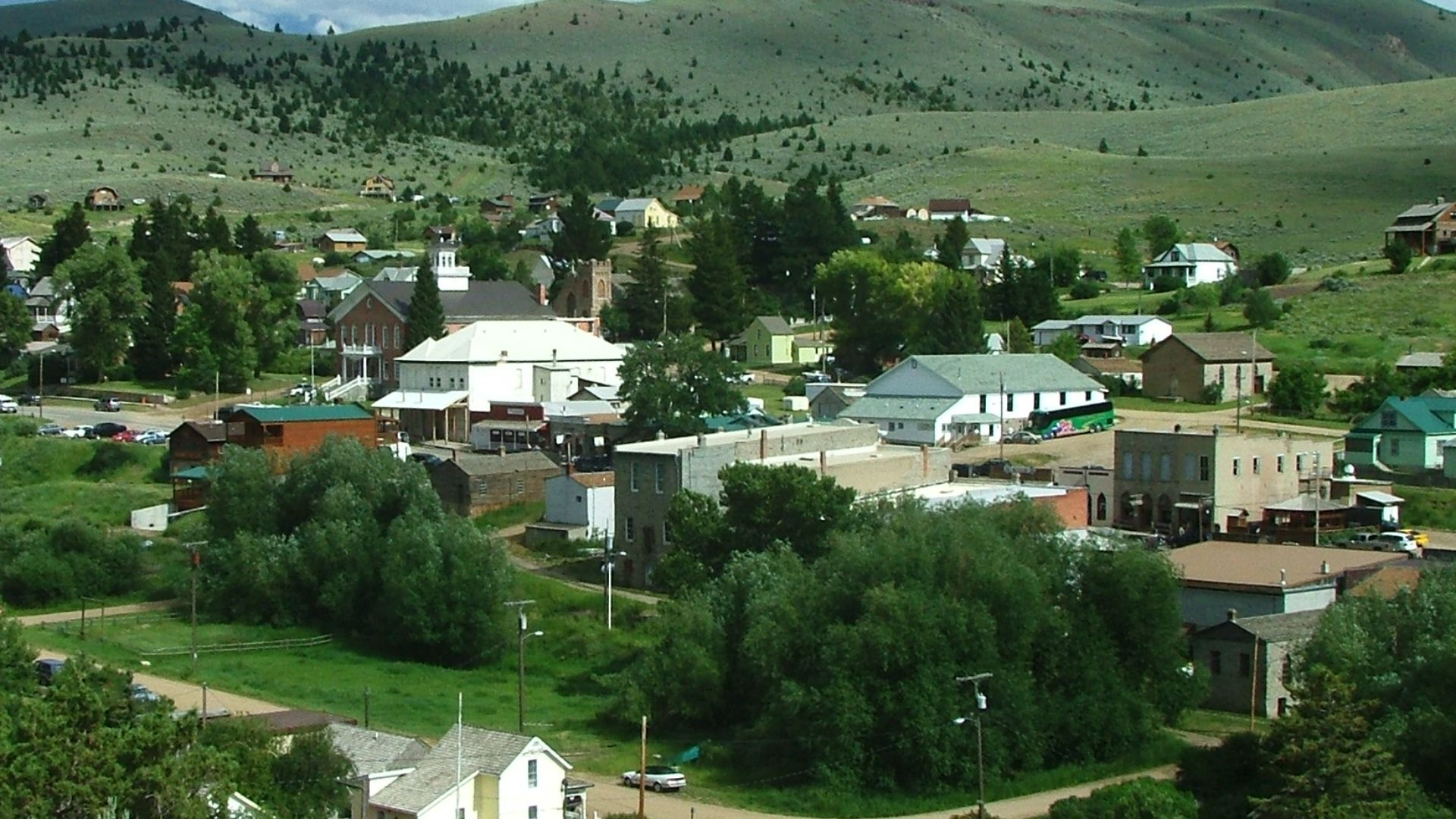 Original uploader was SchmuckyTheCat at en.wikipedia, Wikimedia Commons
Original uploader was SchmuckyTheCat at en.wikipedia, Wikimedia Commons
How Hollywood Turned The West Into A Myth And Left The Truth Behind
Cowboys didn’t wear white hats, and outlaws didn’t wait until noon to duel. But that’s what you saw. From Stagecoach to The Lone Ranger, movie sets turned muddy mining towns into spotless frontier fantasies. Native Americans became one-dimensional villains, and every woman was either a damsel or a saloon girl.
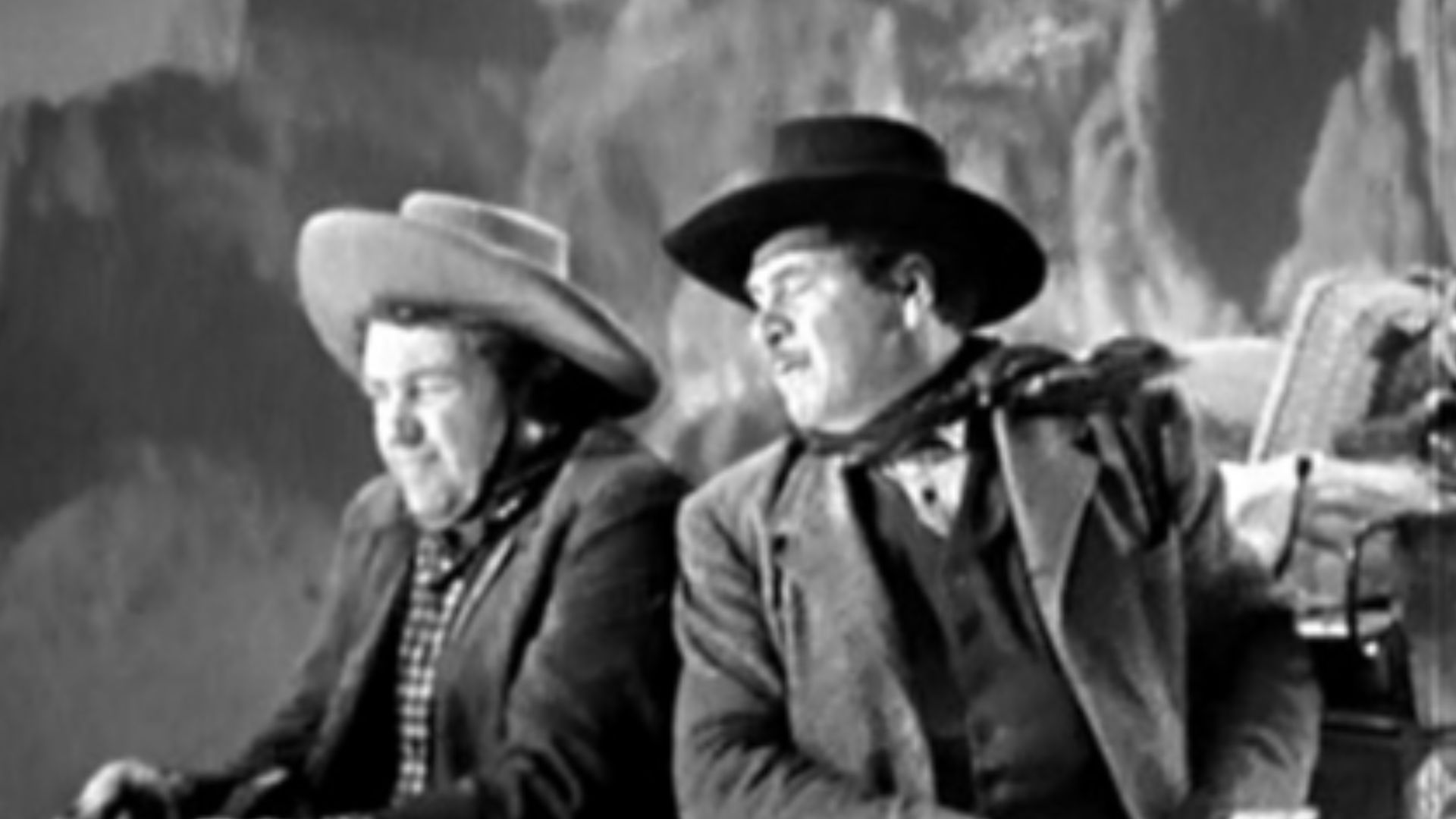 Screenshot by Wayne77, Wikimedia Commons
Screenshot by Wayne77, Wikimedia Commons

